The Challenge
Based in Maryland – with R&D facilities in Hawaii and operations in Panama – Forever Oceans is an aquaculture technology startup specializing in the automation of deep sea offshore fish farms. The company offers a more sustainable and eco-friendly alternative to traditional industry practices. In 2022, the product development team was growing increasingly frustrated with work stoppages caused by frequent crashes of their file-based CAD and PDM systems. Their product design process was also slowed down by cumbersome check-in/check-out protocols required by their data management system. Forever Oceans was seeking an alternative CAD and PDM system not vulnerable to similar work interruptions.
Results
- Cloud-native Onshape’s real-time CAD collaboration tools helped Forever Oceans speed up their product design process by an estimated 25%.
- The Forever Oceans team no longer experiences CAD crashes, file corruption or lost work in the cloud.
- Onshape’s built-in PDM system enables multiple engineers to simultaneously access the same project without the delays of checking files in and out of a vault. Team members see design updates as they happen.
- Onshape’s Branching and Merging feature enables multiple engineers to explore alternative design paths without impacting the original CAD model.
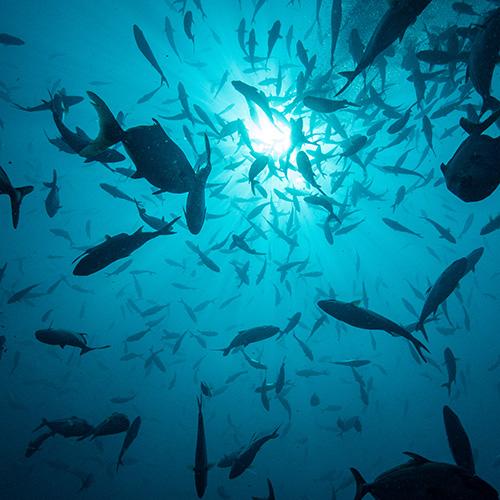
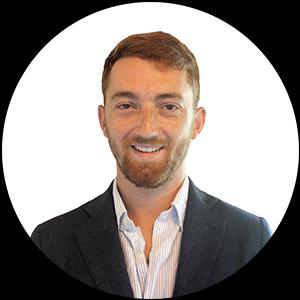

Onshape saves us probably about 25 percent, if not more, in the amount of time that we're using to develop designs in CAD. I'll be honest, there was a lot of frustration, rework, waiting, and troubleshooting before we switched.’’
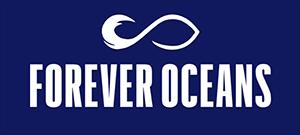
Humans are overfishing the oceans, eating fish faster than they can replenish themselves.
According to the Food and Agriculture Organization of the United Nations, nearly 90 percent of fish populations were fished sustainably in 1974, but by 2019, this number dropped to just 65 percent. Today, only 7.2% of fish stocks are underfished, showing a significant decline in sustainable fishing practices.
Based in Maryland – with R&D facilities and operations in Hawaii and Panama – Forever Oceans is an aquaculture technology startup devoted to reversing that equation. “The old-fashioned way of fishing simply isn’t cutting it,” the company’s mission statement declares. “So we assembled a super team of scientists, engineers, fishermen, chefs, nutritionists, and humanitarians to build the most technologically advanced aquaculture platform on the planet.”
Forever Oceans has developed an advanced system for raising fish in rugged enclosures anchored several miles offshore with minimal human contact. Mostly automated, these cages measure 50 meters in diameter and can feed and monitor the health of up to 330,000 fish per unit.
Traditional aquaculture often takes place in fjords and estuaries, closer to land. But smaller bodies of water can’t disperse effluents as well as the open ocean. Plus, there’s a risk that non-native species of food fish will escape and mix with endemic species and disrupt the ecosystem.
Forever Oceans' proprietary hub system provides a more sustainable option. The system is made up of a mooring, a barge, and the fish enclosure. Within those enclosures, the company raises species that are found widely throughout tropical latitudes, so even escaped fish won’t disrupt the ecosystem. The goal is to duplicate their living conditions in the wild as closely as possible.
The Forever Oceans infrastructure includes sensors to monitor the weather, ocean currents, and other environmental conditions critical to fish health.
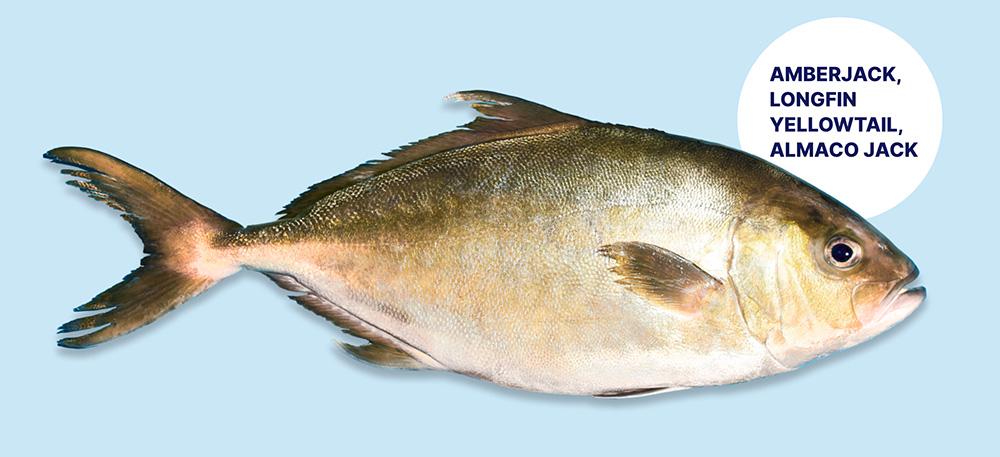
The first Forever Oceans facility is located 10 miles off the coast of Panama, with plans to build additional fish farms in Brazilian and Indonesian waters. The company is initially focused on raising Kanpachi, a nutrient-rich, sushi-grade species it is selling to supermarkets and fine restaurants around the world.
Traditional PDM Tools Prove Inadequate for Multidisciplinary Teams
To build its advanced systems, the Forever Oceans team draws from expertise in electrical, mechanical, software, and structural engineering. Coordinating the input of all those disciplines was becoming increasingly difficult, with each engineering area working with its own software. Finding a way to integrate their files into one place wasn’t easy. The product development team initially tried enlisting Autodesk’s data management solution, Autodesk Vault, but was frustrated by frequent work interruptions.
Traditional file-based product data management (PDM) systems, such as Autodesk Vault, require team members to check in and check out files to avoid overwriting each other’s work. However, these systems also inadvertently cause engineers to block each other’s progress by limiting access to designs. Only one user can work on a file at a time.
According to Piispanen, the file-based PDM frequently crashed, resulting in lost data and wasted engineering time. It was especially frustrating when team members tried to check in multiple files. “With bulk check-in, files crashed daily, even though we have hefty laptops. Data would disappear – just like that,” he recalls.
Forever Oceans decided to switch to Onshape, a cloud-native CAD and PDM system that includes real-time collaboration and simulation tools. With Onshape, there is no check-in/check-out system and there are no files. Instead, team members work simultaneously on a master design stored in the cloud. Whenever a team member makes a design change, everyone else on the team can see it happen in real time.
Cloud-native Onshape also eliminates the problem of lost files when a user forgets to save their work. The system continuously saves and versions files behind the scenes. So there are no wasted hours recreating lost data.
Onshape’s Collaboration Tools Speed Up Product Design by 25%
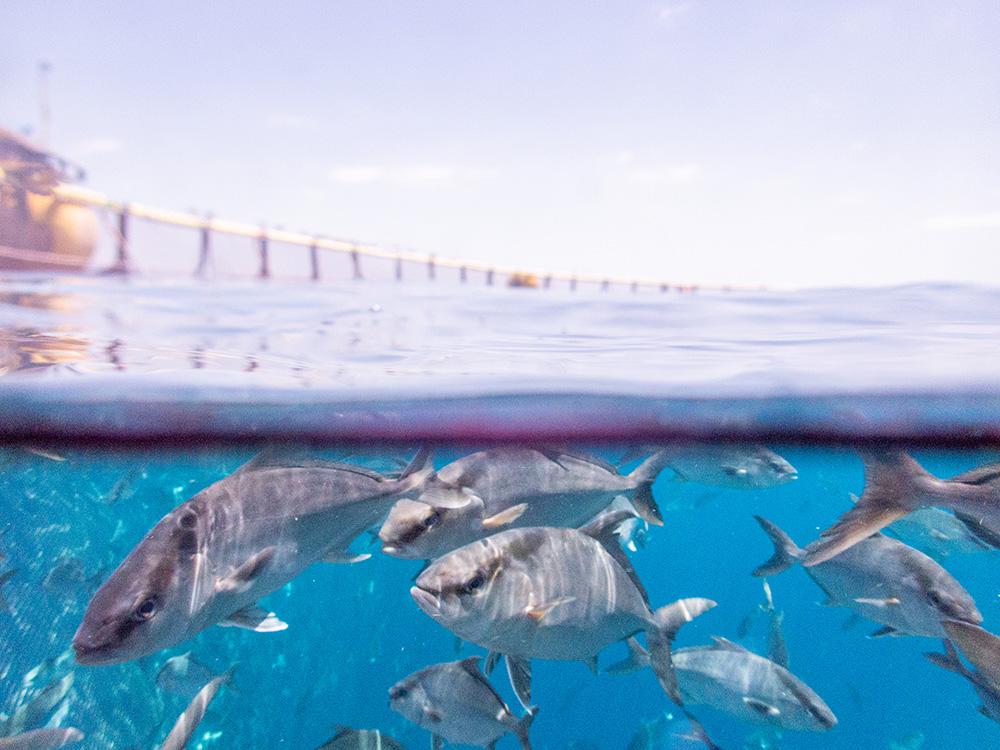
Once the Forever Oceans team switched to Onshape, the CAD and PDM crashes stopped, Piispanen says. His team found Onshape intuitive and easy to use, reporting that collaboration also became significantly easier.
“Onshape allows multiple members of our teams all across the globe – in Hawaii, San Diego, Panama – to all use the same documents simultaneously,” he says. “We can collaborate on projects that we develop in Hawaii, while our field service engineers in Panama monitor, verify, and send information back to us through Onshape.”
When working together on a design, engineers can leave comments tagged to specific parts and assemblies as easily as posting a social media message. Automatic notifications inform other team members that a change or comment has taken place. That transparency and automated communication minimize the number of design reviews the team must attend, which means engineers can spend more time on their work.
“Onshape saves us probably about 25 percent, if not more, in the amount of time that we're using to develop designs in CAD,” says Piispanen. “I'll be honest, there was a lot of frustration, rework, waiting, and troubleshooting before we switched.”
Increased CAD collaboration and communication extend beyond the engineering team, too. Designs can now be shared with a simple link, and instantly sent to manufacturing, management, and other key stakeholders – even those who don’t have a subscription to Onshape.
There’s no more sharing 3D designs with napkin sketches, screenshots, or looking over the engineer’s shoulder. Now, anybody can contribute ideas and provide feedback quickly and conveniently.
Improving Conceptual Design with Branching and Merging
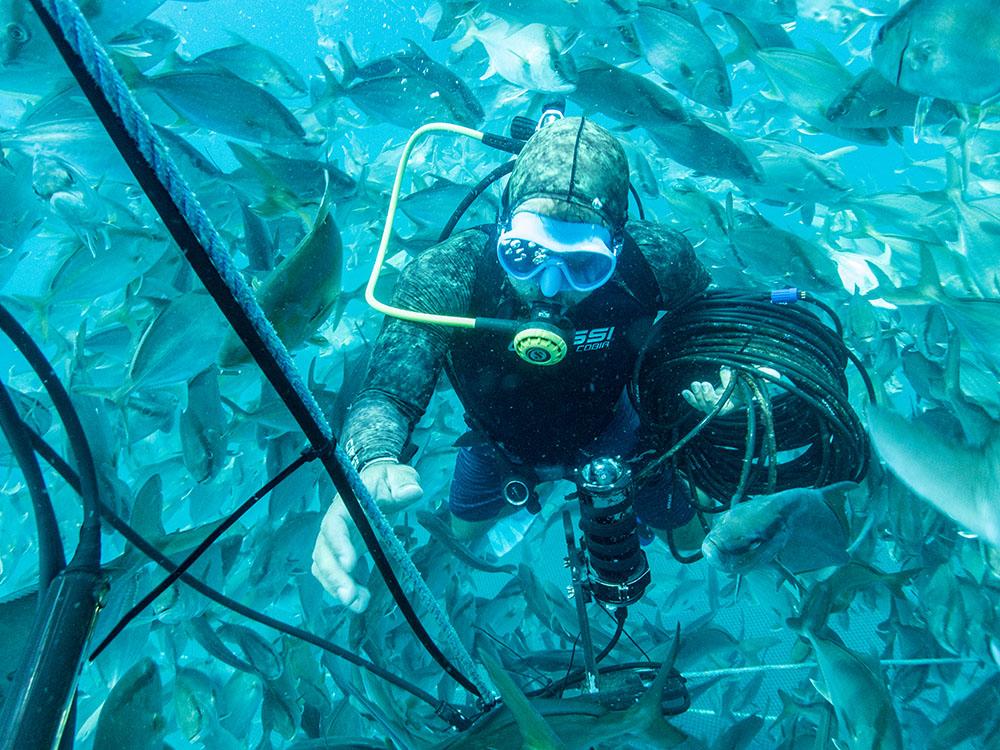
Forever Oceans is now developing a new generation of its open ocean aquaculture hubs. While the company is tight-lipped about what that will look like exactly, Piispanen says the priority is to “feed our fish sustainably and make it so that they are able to grow as effectively as possible.”
Development is currently in the concept design phase, which means that engineers are still refining their models and experimenting with multiple ideas. “So there are different proposals,” says Piispanen. "How do we want to do X, Y, and Z?"
Traditionally, engineers pursue concept designs separately, requiring team members to develop new design ideas in separate CAD files, which are then saved, shared, and discussed.
But this approach can be messy. What if someone in mechanical design changes a component that impacts a concept design being developed by an electrical engineer? What if an engineer develops an idea based on an old version of the design? With so many moving parts, it’s easy to lose track of ideas and how they fit into the master design.
Using Onshape’s Branching and Merging feature, Forever Ocean team members can simply create a branch in the master design to explore alternative ideas. The branch is based on the model at a certain point in development, so it’s easy to see what changes took place after the branch.
If the team agrees to integrate one or multiple branches into the model, they can selectively merge the best elements of multiple designs back into the main design. This streamlines concept design with capabilities that weren’t possible with Forever Oceans' previous CAD system.
Growing the Technology that Grows the Fish
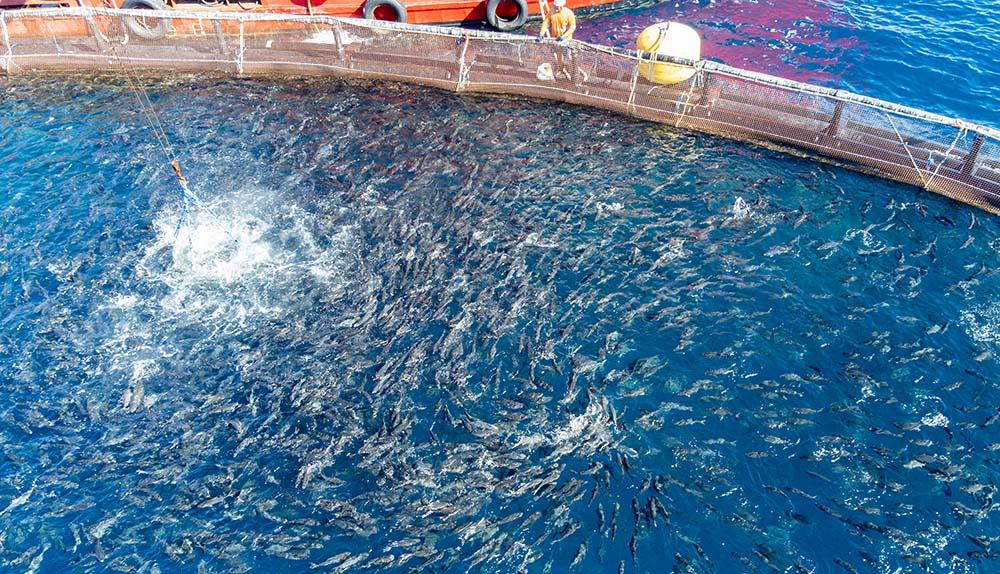
While it proves its business model in Panama, Forever Oceans is laying the foundation to enter other geographies in tropical latitudes around the world. As the company grows and improves its technologies, Piispanen says he expects Onshape to play a major role in helping his team achieve its goals.
“Onshape is a critical tool that's allowing us to grow the offshore technology that we use to grow our fish,” he says. “The way we feed our fish is through technology. And the way our technology is developed is through Onshape. Without Onshape, we wouldn’t be able to continue growing our technology suite and mature in the way we currently are.”





